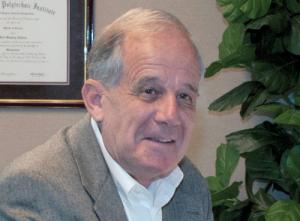Changing Customer Attitudes
Joel Gilbert, P.E. brings five decades of applying mathematical methods in diverse challenges starting with the design of nuclear high-speed attack submarine power systems under Admiral Rickover for the Navy.
From there, as Deputy Director of the New York Hospital Association, Joel developed the predictive algorithms that specified which type of doctors were needed in the ER or on-call depending on weather and yes, the phase of the moon!
He then went on to what most in this industry know him for, modeling cogeneration, peak shaving, and power production systems for large commercial and industrial firms for most of the larger U.S. Investor Owned Utilities. Since founding Apogee in 1993, his analytical skills have been primarily devoted to leveraging technology to help utilities better serve their customers with cutting-edge applications.
I do not like your new rate plan!

In board rooms across the country, utility executives agree with the need to move from volumetric pricing models to some form of time-based or demand model. These executives know that the growth of distributed energy resources, particularly rooftop solar, is causing a misalignment of electricity price with the cost to produce and deliver it.
This article offers some straightforward insights into the art of introducing new rates whatever you decide to do. The key elements are to first start the education and communication efforts to engage regulators, customers, and intervenors in your reasoning. Then offer at least two easy to understand plans and support those with customer advisory support to minimize fears over choice.
But, in every case, pay special attention to explaining seasonal differences that while small are directionally inconsistent with annual results. Very simply, watch out for how these choices impact customers in the spring and fall! They may save overall, but they are likely to drop out or complain bitterly if they are forced to stay on that rate plan.

